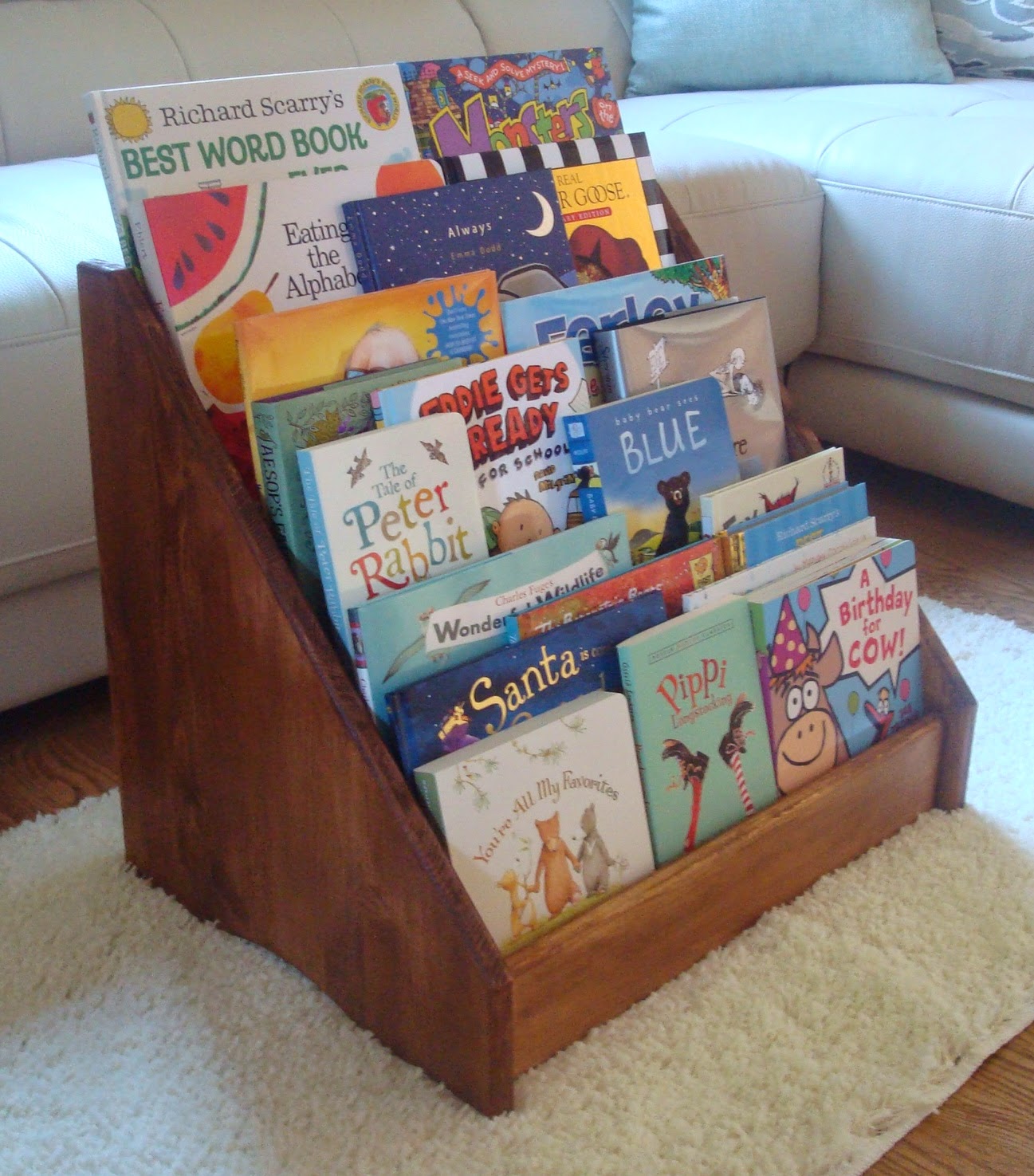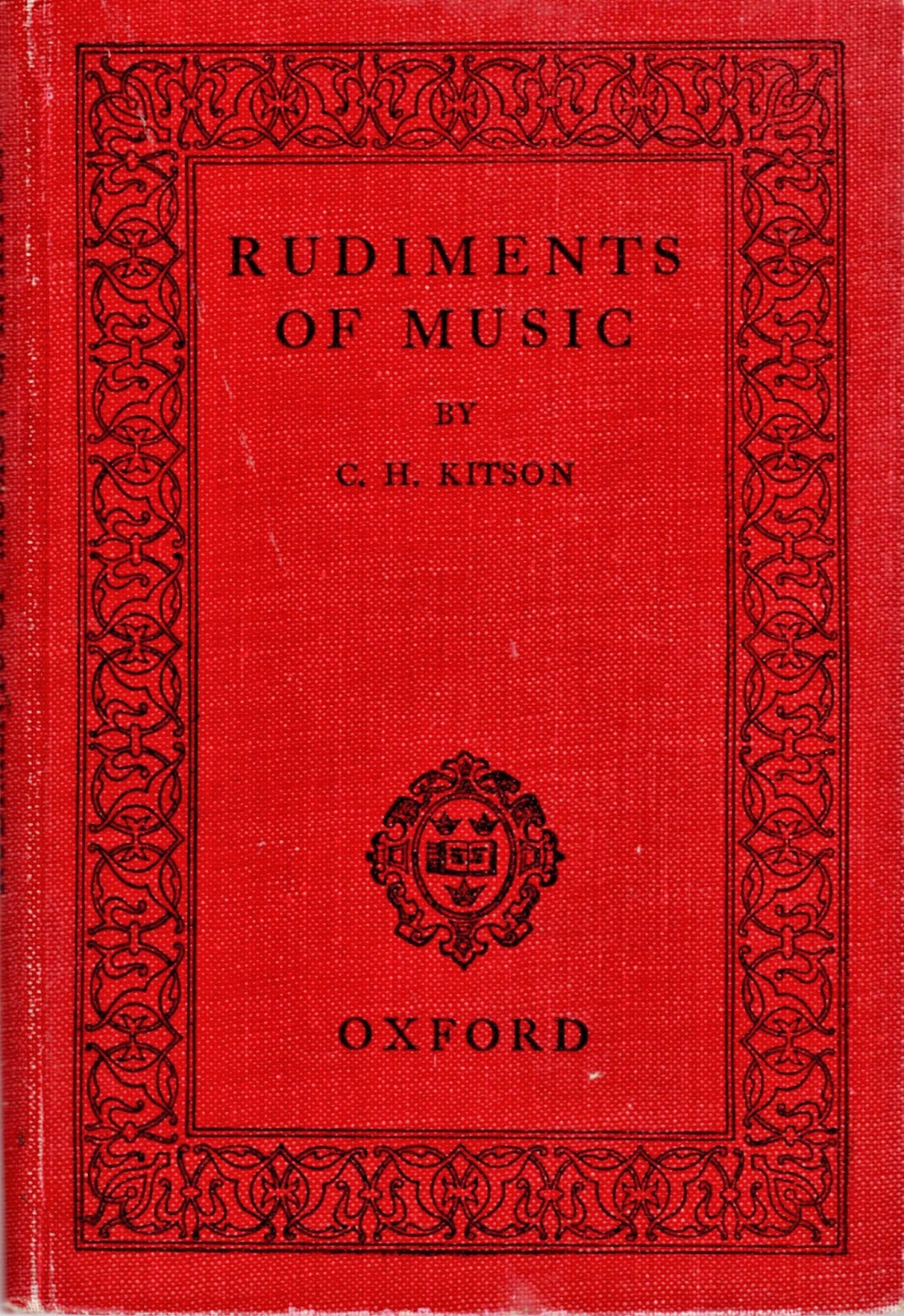If anything, the vintage Royal Daulton or Aynsley chalice has been rendered outdated, impractical and old-fashioned. Too bad.
If anything could make any beverage taste better, it is in the circumstances of its presence, the way it is prepared and the manner in how it is served.
Think of being offered an ice cold Mai Tai in a fishbowl glass, on a hot day at a beach on a Mexican resort. Or how would you like a steamy mug of hot chocolate with whipped cream being served to you in front of a fireplace in a mountain chalet - at Christmastime. Sounds nice.
Well, it's time for the vintage teacup and saucer to be revived of its former glory. It's time for those beautiful teacups and saucers to come out of the china cabinets and hope chests and to finally be put to good use.
Tea, be it green, black, white or any other Oolong type, has become more popular in recent years. In fact, second only to water, tea is becoming more popular than even coffee. The benefits of drinking tea have recently become attractive to health conscious advocates and consumers alike. But who cares? Beer belongs in a can or long neck bottle, Slurpees belong in a paper cup and tea belongs in teacups - not mugs. Mugs are for coffee. Mug of tea? No. Cup of tea? Yes.
Okay, some of the old patterns seems out-dated and ugly but many vintage designs totally have a modern feel - especially the black teacups and saucers with gold trim. Elegant, yet rock star.
Even when you are in sweats and a t-shirt, drinking from these pieces of art simply make you feel good. And to boot, you have a little plate to place your shortbread cookie on while you take a sip of your Pi Lo Chun.
"There is no trouble so great or grave that cannot be much diminished by a nice cup of tea." Bernard-Paul Heroux
That's why Fancy Teacups and Saucers are Worth A Second Look.







